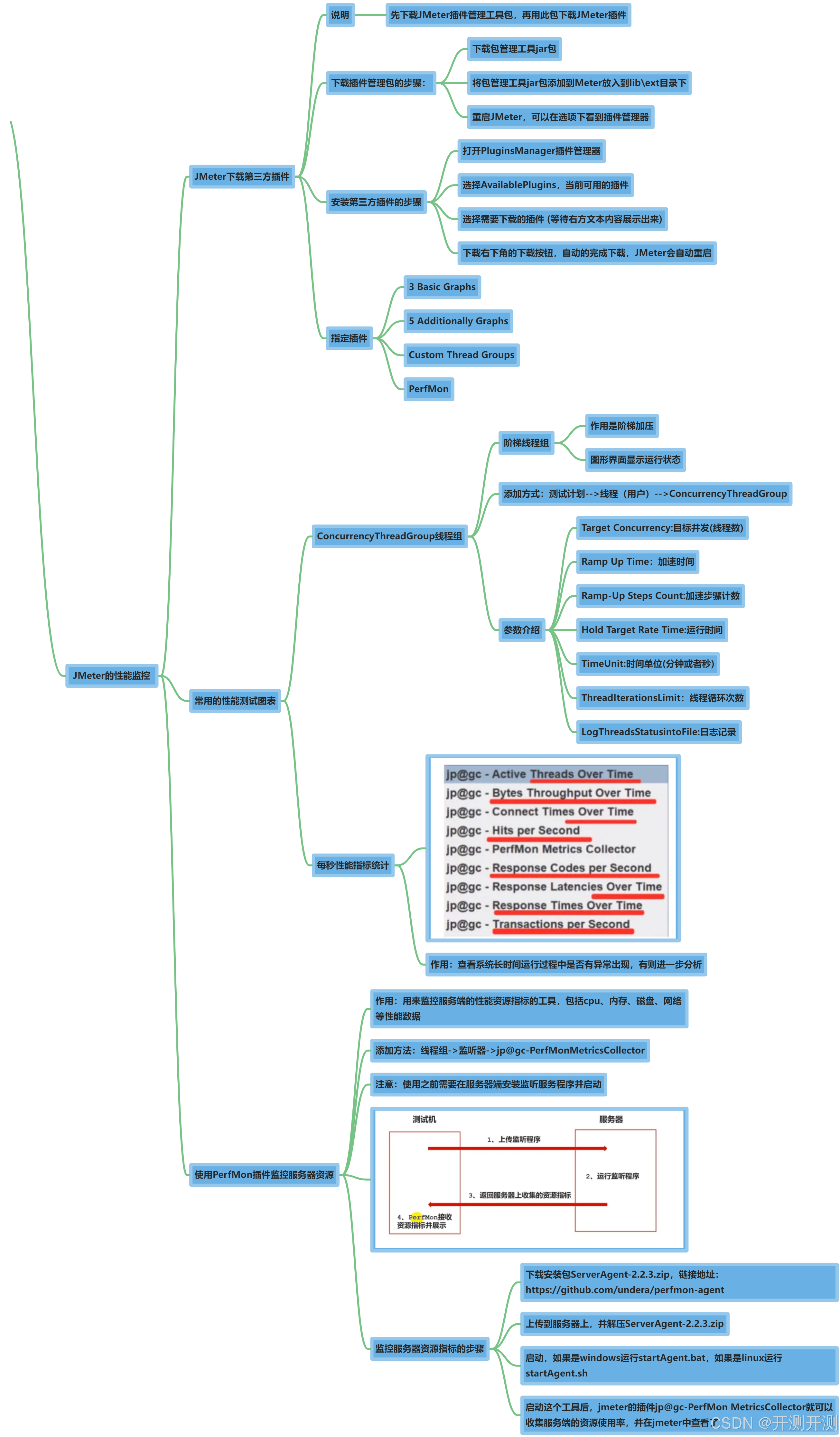
### 思路
1. 读取输入的时间,格式为`小时:分钟:秒`。
2. 将时间转换为秒数。
3. 增加20秒。
4. 将增加后的秒数转换回`小时:分钟:秒`格式。
5. 输出结果,确保小时、分钟和秒均占两个数字位,不足位用0补足。
### 伪代码
1. 读取输入的时间字符串。
2. 使用`sscanf`函数解析输入的时间字符串,得到小时、分钟和秒。
3. 将时间转换为总秒数:`total_seconds = hour * 3600 + minute * 60 + second`。
4. 增加20秒:`total_seconds += 20`。
5. 将总秒数转换回小时、分钟和秒:
- `hour = (total_seconds / 3600) % 24`
- `minute = (total_seconds / 60) % 60`
- `second = total_seconds % 60`
6. 使用`printf`函数输出结果,确保小时、分钟和秒均占两个数字位,不足位用0补足。
### C++代码
#include <iostream>
#include <iomanip>
using namespace std;int main() {int hour, minute, second;char colon;// 读取输入的时间cin >> hour >> colon >> minute >> colon >> second;// 将时间转换为总秒数int total_seconds = hour * 3600 + minute * 60 + second;// 增加20秒total_seconds += 20;// 将总秒数转换回小时、分钟和秒hour = (total_seconds / 3600) % 24;minute = (total_seconds / 60) % 60;second = total_seconds % 60;// 输出结果,确保小时、分钟和秒均占两个数字位,不足位用0补足cout << setfill('0') << setw(2) << hour << ":"<< setfill('0') << setw(2) << minute << ":"<< setfill('0') << setw(2) << second << endl;return 0;
}



















